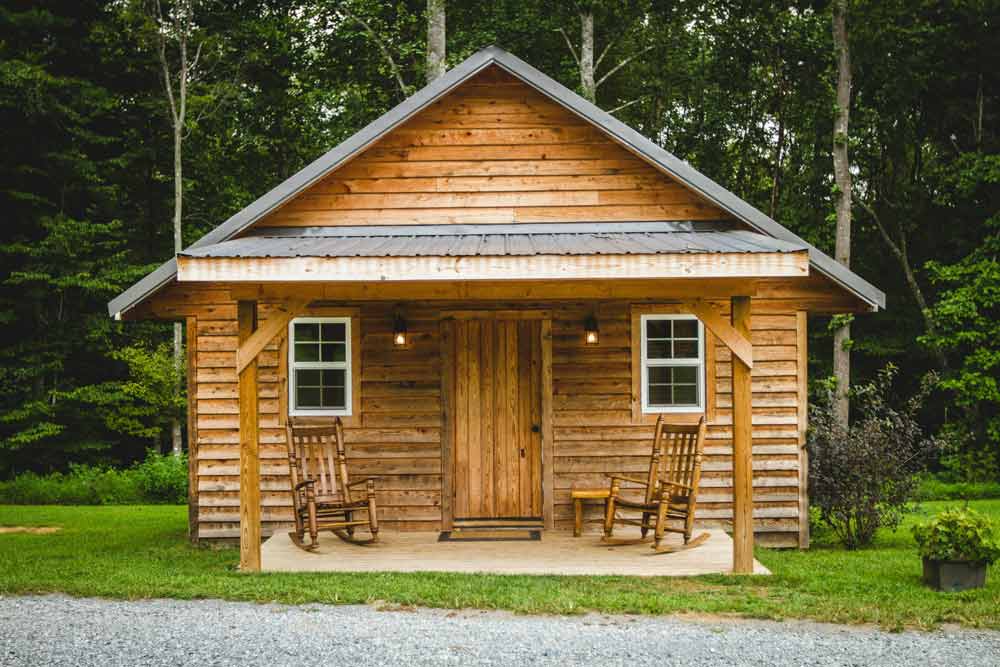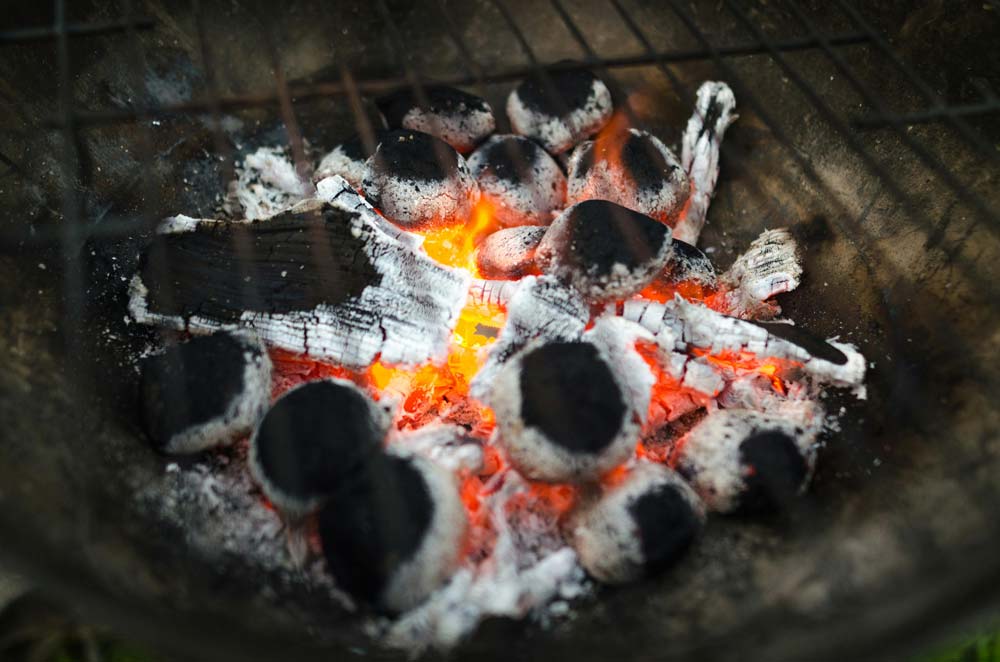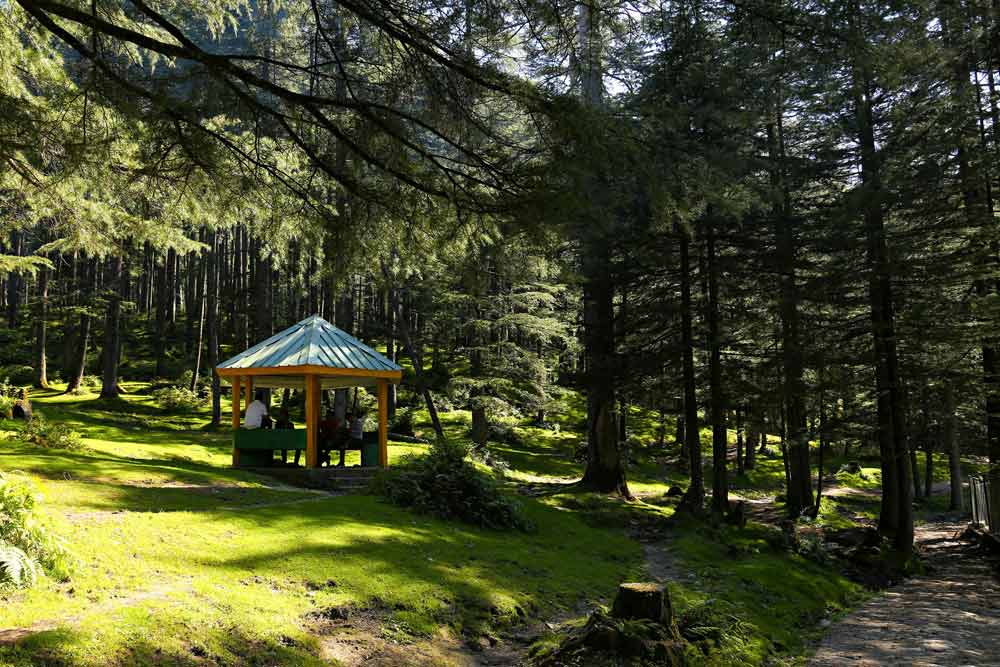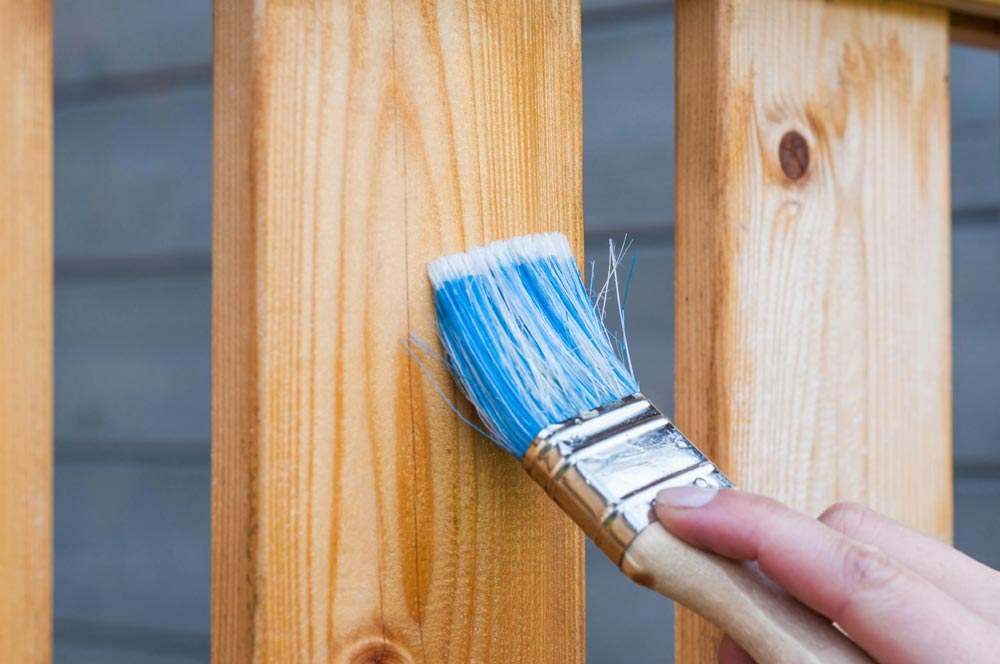Spring has finally sprung, and you want to make the most out of your outdoor space. Your daffodils are blooming, the scent of fresh grass fills the air, and at last, the sun is shining down on you. Blissful, isn’t it? But, your log cabin still sits, frozen from the winter chill and waiting for life. Are you guilty of abandoning your log cabin during the colder months? We’ve all been there. But, now spring is here, it’s time to open the doors and make the most out of your outside paradise. We’re sharing five interior ideas to upgrade your log cabin this spring.
Florals
Hear us out on this one. Florals for spring might garner a little giggle. Some might claim that the age-old combination is far from groundbreaking. But, we believe florals for spring might not be revolutionary, but it is classic. And classic interiors never go out of style. If you’re a fan of bright florals and beautiful fragrances, fill your log cabin with fresh flowers, soft floral furnishing, and even a reed diffuser (we recommend Jasmine or peony).
Cottage core
Cottage core has a big mid-pandemic moment. However, the interior style is still hugely popular and ideal for an outdoor space. Transform your log cabin into a miniature cottage with wicker baskets, linen textiles, and comforting natural colour palettes. If you’re a city-dweller with a secret love for rural life, this interior style can give you a taste of a different life.
Rustic
Go one step further than cottage core and lose yourself in the rustic aesthetic. Your wooden log cabin is the ideal location for this casual and calming interior style. At the heart of rustic decor is an appreciation for natural beauty. Weave wood, stone, leaves and other earthy materials through your garden cabin for this interior style. Spring is the season of rebirth, so there’s no better time to show your admiration for the natural world!
Minimalist
Strip things back with a minimalist approach. Minimalism is becoming an increasingly popular interior design. Living with less and enjoying an uncluttered environment enables people to reconnect with their minds, body and soul. Having neutral colours and less furniture will transform your log cabin into a crisp and clean sanctuary. Use this season as a period of reflection, and make your garden cabin the perfect place to unwind.
Fresh & classic
If you want to ensure your interiors are timeless, and you’ll make the most out of your garden cabin long after spring is gone, fresh and classic is the way to go. Combine quality furnishings with block colours and popular patterns. Add a few ornate details and fresh flowers/plants that give you the option of switching these out as you transition through the seasons.
Spring is a season of newness, so why not take this as an opportunity to give your log cabin a make-over? Pick an interiors design style that matches your taste and have fun making alterations to your space. You’ll enjoy immersing yourself in the season and have a beautifully decorated cabin once it’s complete!











